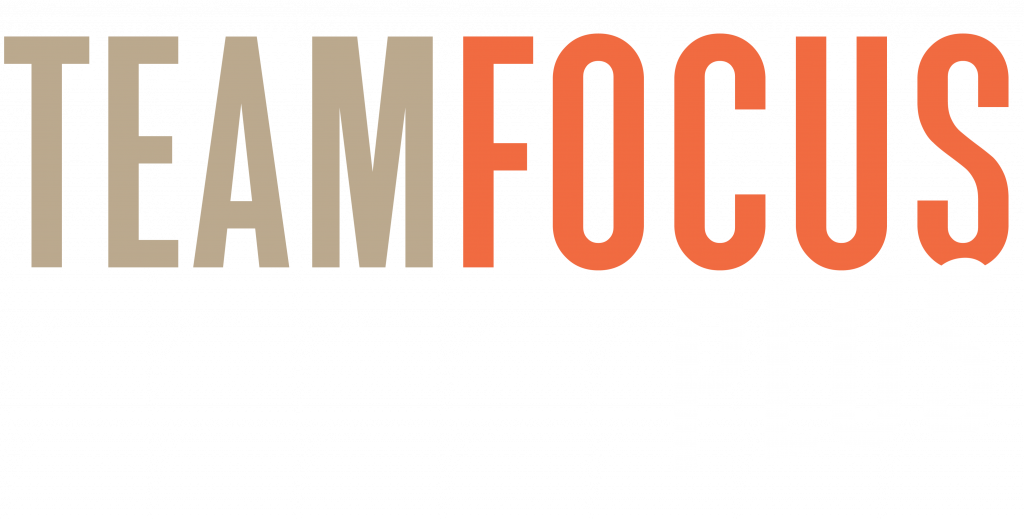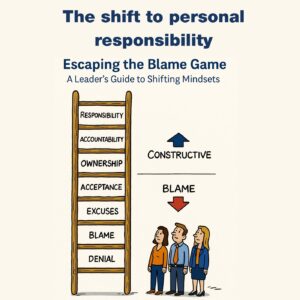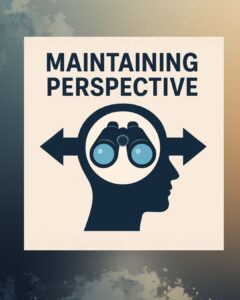Using Culture for Performance: Turning Expectations into Results
Too often, workplace culture is reduced to a catchphrase like “the way we do things around here” or “shared values.” But when it comes to delivering results, culture is much more than that—it’s the single most powerful driver of behaviour in your organisation.
From Volkswagen’s “Dieselgate” to the Royal Commission into Banking, and even Australian cricket’s ball-tampering scandal, history has shown us that culture can either enable success or destroy reputations. This is why building high-performance culture is one of the most critical responsibilities of leadership.
Why Culture Matters More Than You Think
If you’ve ever given clear instructions to your team only to see them ignored or altered, culture is likely the reason.
Culture has more influence over behaviour than leadership directives, systems, or training programs. People naturally and unconsciously adapt their attitudes and behaviours to fit in with the expectations of those around them.
Imagine someone joining a team where everyone complains about management. Within weeks—if not days—they’ll start doing the same. This instinct to “fit in” is deeply ingrained from childhood and happens without conscious thought.
From Unconscious to Conscious Culture
To use culture for motivation and performance, leaders must shift culture from something people unconsciously adopt to something they consciously create. Start by asking:
“What culture do we need to be successful?”
This question sparks meaningful conversations about linking culture to team success and encourages people to expect the right behaviours from each other.
Step 1: Connect Culture to Purpose
Engagement starts with purpose. Not targets. Not KPIs. But a genuine conversation about why your company exists and how it contributes to making the world better.
The more people connect with your purpose, the more likely they are to align their actions—and the culture—to achieve it. This alignment fuels culture-driven productivity and inspires workplace culture engagement at every level.
Leaders should have these conversations within their own teams, adapting the purpose statement if needed. Alignment is more important than uniformity.
Step 2: Define the Culture You Need
Once the purpose is clear, work with your people to define the culture required to deliver it. Keep it simple—one or two words is best. Simplicity makes culture memorable, actionable, and easy to talk about.
When teams define their own high-performance culture in these terms, it sparks shared ownership and expectations. This is far more effective than imposing culture change from above.
Step 3: Make Culture Part of the Daily Conversation
The goal is for people to influence each other positively every day, creating a positive culture in Australian workplaces that naturally drives performance.
The more your teams talk about and reinforce cultural expectations, the more behaviours will shift to match them.
The Payoff: Culture-Driven Performance
When culture is aligned with purpose, people adapt their behaviour in ways that enhance collaboration, productivity, and results. Instead of culture being an invisible force that shapes outcomes in unpredictable ways, it becomes a deliberate, performance-driving tool.
Bottom line: Start using culture for performance by defining it, linking it to purpose, and making it a conscious part of how your people work together. Done right, culture becomes one of your greatest competitive advantages.





